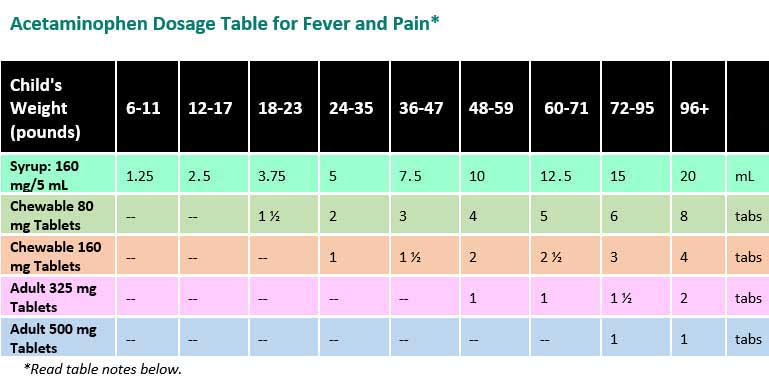We are well into our winter here in North Carolina, and that means we are seeing a lot of viruses such as Influenza and Respiratory Syncytial Virus. These, among many other illnesses are filling our waiting rooms and making our kids really cranky. With crankiness comes the fevers. Many of us are sleep deprived as we battle one illness after another. In my case, that is multiplied by 4 which means I have had about 3 hours of sleep in the last 3 months. Ok, maybe 4? So this blog is dedicated to the parents or caregivers out there who are waiting for a break from the snot, coughing and middle of the night dosing of Tylenol.
Fever? Don't Panic
First, I’d like to reassure you all that fever is not a bad thing. It sure does make us worried, but it’s a normal part of our immune system’s response to infection. Don’t panic if your child has a fever. The height of the fever is not always indicative of a serious illness. Our body prefers fighting infection with a fever. You only need to treat a fever if it is very high (104+) or if your child is uncomfortable. Most of our kids are quite uncomfortable at 102+ but this does not always hold true. Some can bounce on a bouncy house, eat up a storm (all the while arguing about the way the chicken nuggets are cut) and skip their nap with 102. A simple lukewarm bath can be helpful along with fever reducer if you do need to treat the fever. If not, be reassured that your child’s immune system is showing off and is hard at work. This is good!
Helpful Numbers
I’m often asked about interpreting temperatures from different methods like ear, rectal, underarm, forehead and oral thermometers. Here is a table to help you as it does get confusing. According to Up To Date the following numbers are acceptable to constitute as a fever:
Rectal temperature above 100.4ºF (38ºC)
Oral temperature above 100ºF (37.8ºC)
Axillary (armpit) temperature above 99ºF (37.2ºC)
Ear (tympanic membrane) temperature above 100.4ºF (38ºC) in rectal mode or 99.5ºF (37.5ºC) in oral mode
Forehead (temporal artery) temperature above 100.4ºF (38ºC)
Many caregivers are anxious about taking rectal temperatures, but they are the most accurate. How do you take a rectal temperature? Using a digital thermometer, lubricate the tip of the thermometer with Vaseline. Lay your baby or child on his or her back, lift his or her thighs, and insert the lubricated thermometer 1/2 to 1 inch into the rectum. Never force the thermometer past any resistance. Hold it in place until the thermometer beeps. Remove the thermometer.
Time For a Doctor
Here are some guidelines on when to see a doctor:
Your child is younger than 3 months and has a rectal temperature of 100.4 F (38 C) or higher.
Your child is 3 months to 24 months and has any fever.
Your child seems unusually irritable, lethargic or uncomfortable at any age with has a fever.
Your child has a fever for more than 3 days with or without other symptoms.
note: If your child has other symptoms, such as a wheezing, coughing, vomiting or rash, you should call us for advice. We are always available.
Here is a Tylenol chart for dosing when you do treat your child’s fever.
Please remember to always use a dosing syringe when measuring (not a household teaspoon).
Table notes here.
Here is the Motrin/ Ibuprofen dosing chart:
https://www.motrin.com/children-infants/dosing-charts
I hope this was helpful. Fever makes us nervous, but the more we understand it, the less scary it is.
Note: We are open on nights and weekends. We have same day appointments for your sick child. We can usually accommodate walk ins although we encourage making an appointment for better scheduling of time. Never hesitate to call us if you are concerned. We are here to help.
We practice the art of medicine, but you know your children better than anyone! Together we make a great team.
Dr. S



